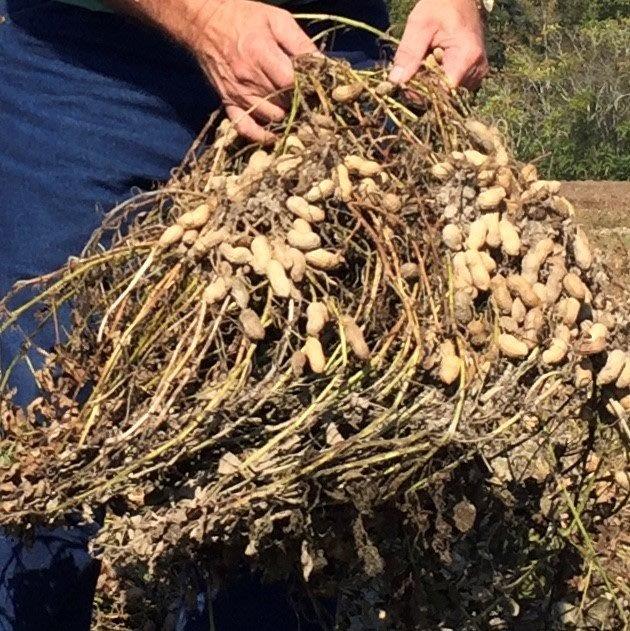High-Quality Virginia Peanuts in Smithfield
The Story of the Peanut
Peanuts, while grown in tropical and subtropical regions throughout the world, are native to the Western Hemisphere. It probably originated in South America and spread throughout the New World as Spanish explorers discovered the peanut’s versatility. When the Spaniards returned to Europe, peanuts went with them. Later, traders were responsible for spreading peanuts to Asia and Africa. Although there were some commercial peanut farms in the U.S. during the 1700’s and 1800’s, peanuts were not grown extensively. This lack of interest in peanut farming is attributed to the fact that the peanut was regarded as food for the poor and because growing and harvesting techniques were slow and difficult. Until the Civil War, the peanut remained basically a regional food associated with the southern U.S.
After the Civil War, the demand for peanuts increased rapidly. By the end of the nineteenth century, the development of equipment for production, harvesting and shelling peanuts, as well as processing techniques, contributed to the expansion of the peanut industry. The new twentieth century labor-saving equipment resulted in a rapid demand for peanut oil, roasted and salted peanuts, peanut butter and confections.

300 Uses
Also associated with the expansion of the peanut industry is the research conducted by George Washington Carver at Tuskegee Institute in Alabama at the turn of the twentieth century. The talented botanist recognized the intrinsic value of the peanut as a cash crop. Dr. Carver proposed that peanuts be planted as a rotation crop in the cotton-growing areas of the Southeast where the boll weevil insect threatened the region’s agricultural base. Not only did Dr. Carver contribute to changing the face of southern farming, but he also developed more than 300 uses for peanuts, from recipes to industrial products.
Government Involvement
The U.S. government instituted agricultural support programs in the early 1900’s to promote the production of important food crops, including peanuts. Today, the production and inspection of peanuts is overseen by the U.S. Department of Agriculture.
